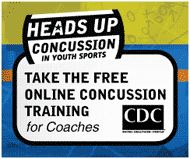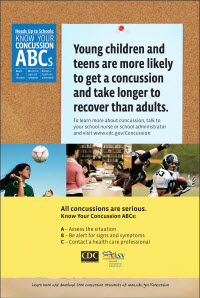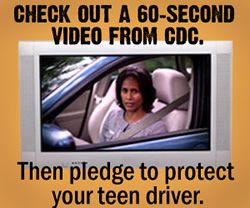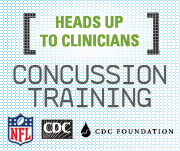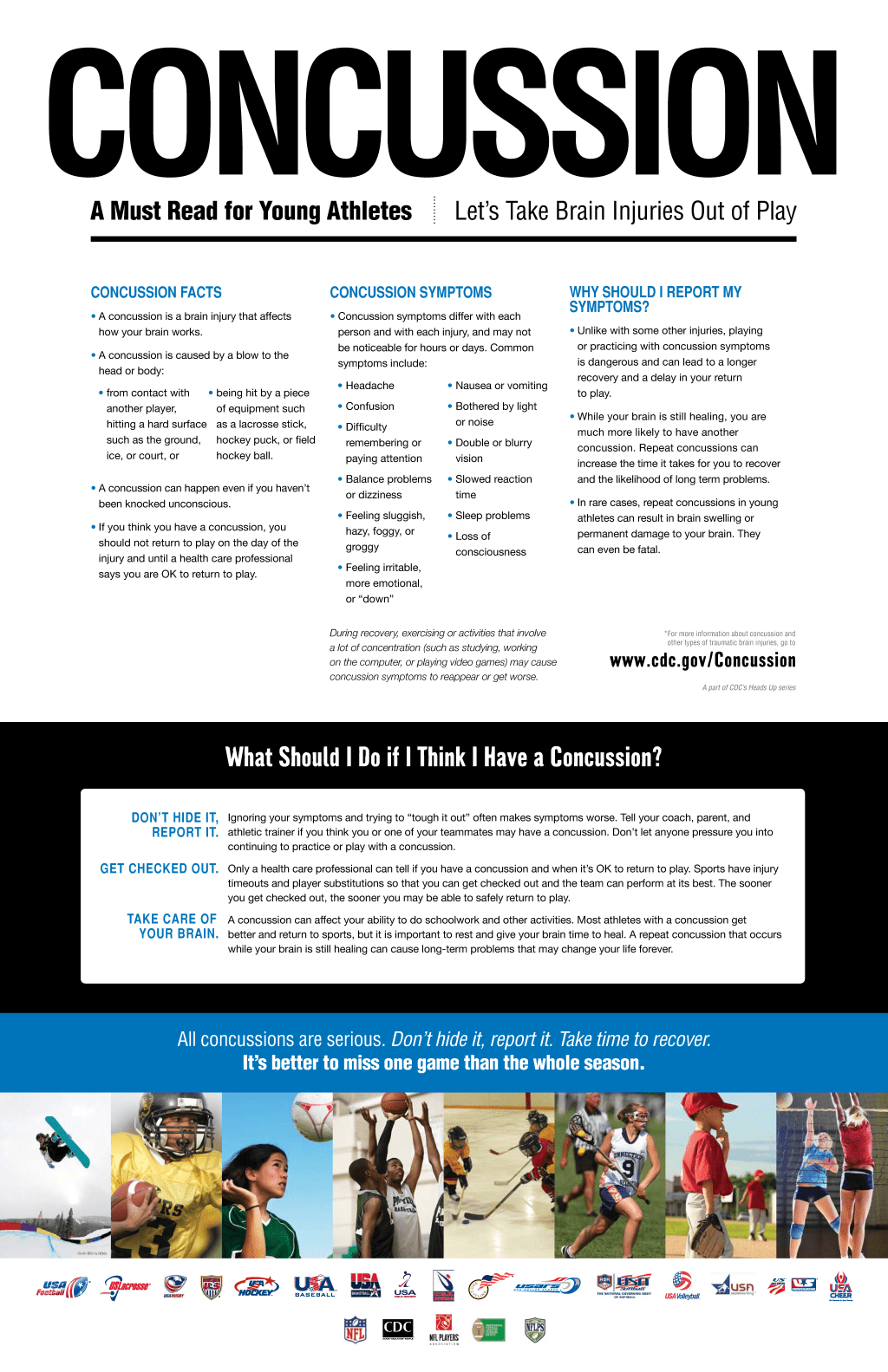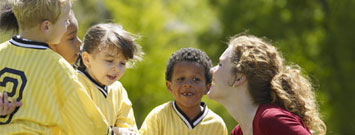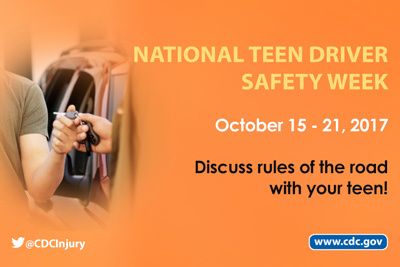Brain Injury Survival Kit: 365 Tips, Tools and Tricks to Deal with Cognitive Function Loss
By Cheryle Sullivan
This book is a great road map for people with brain injury and for families of people with brain injury. What this book does not do: It does not delve on the reasons how or why there is brain damage, or to the degree or extent of brain damage. It does not compare severe vs. mild brain damage. It does tell of all kinds of symptoms, many more than I personally have. Dr. Sullivan showed ways to get around them or ways to deal with them. But most importantly she showed me that one can learn to accept and live with brain damage. My life changed and I had no direction from the medical field. The doctors fixed the physical, but then left me adrift. I read several books once my reading comprehension returned and not one of the books offered any solutions to fix or help. Dr. Sullivan’s book is a no nonsense book with honest to goodness answers for ways to deal with every day issues, not only to help the person with a brain injury, but will also help the family of the brain-injured understand what is happening and how to help. She also offers resources for all kinds of additional help that is available. This book is easy to read and will be used time & time again.
Purchase from Amazon.com
Children With Traumatic Brain Injury: A Parent’s Guide (The Special Needs Collection)
By Lisa Schoenbrodt
As a parent of a son with TBI, I have battled schools to find a teacher, administrator, specialist . . . anyone who understands the confusion and disorganization in my son’s brain. This book, among other things, clearly states the stages of brain rehabilitation, lists possible symptoms, explains in layman’s terms how things can appear one way one day, and differently the next. I can speak intelligently to untrained educators using quotes from this book to explain aberrant and unexpected behavior as exhibited by my son. And believe me, the teachers are UNTRAINED in TBI. Ask me, I am a teacher! Everything I have learned about TBI, I taught myself after my son fell and damaged his brain — and this book is the best place to start that I can recommend.
Purchase from Amazon.com
Reconstructing David
By Deanna Scott
An intimate story of a mother’s dedication and devotion to her teenage son’s recovery after a brutal motorcycle accident, and the things she learned through David’s eight weeks in a coma from traumatic brain injury. The book provides an insight into roles that instinct and love play in the care and recovery process. You will be enraged, you will laugh, you will cry, and to top it all you will finish the book wanting to know more and looking forward to Book 2.
To order:
Email:
dss993@comcast.net
Write:
Reconstructing David
1459 Eastwood Avenue
Highland Park, IL 60035
Unthinkable: A Mother’s Tragedy, Terror, and Triumph Through A Child’s Traumatic Brain Injury
By Dixie Coskie
Following her own child’s harrowing traumatic brain injury, Dixie Fremont-Smith Coskie wrote a highly acclaimed book which emotionally and passionately documented her nightmarish journey as mother and caregiver. Each chapter concludes with tips for coping and participating throughout the process.
Purchase from Amazon.com.
Unthinkable: Tips for Surviving a Child’s traumatic Brain Injury
By Dixie Coskie
This book is the companion guide to Coskie’s book listed above. Provides powerful tips and tools to help any parent faced with a child that has a traumatic brain injury.
Purchase from Amazon.com
Why Scotty?
By Wynell Hunt with Terry Lee
Written by Scotty’s mother, this touching story describes the ordeal of Scotty’s devastating car wreck, the hospital stay, rehabilitation, and his triumphant road back to recovery.
To order:
Write:
C.O.P.I.N. Ministries, Inc.
P.O. Box 1962
Cumming, GA 30028

